Ever since it was scribed in 1787, the US Constitution has stood the test of time, and it is still used as the nation’s governing charter. But what makes this constitution unique? And what are some interesting facts about the US Constitution? Well, in this post, we will share 16 interesting facts about the US Constitution that you probably didn’t know about.
Table of Contents
ToggleThe US Constitution is the Oldest in the World
Since it became official on September 17th, 1787, the US Constitution has been its ruling government charter to date. It has been in existence for over two centuries, making it the oldest in the world. Even though countries like the UK and San Marino might have constitutions written centuries before the US Constitution, the US Constitution is known to be the oldest codified constitution, officially making it the oldest in the world.
It is the Least Amended Constitution Since Its Enactment
The US Constitution is the hardest constitution to amend in the world. Since it was officially operational in 1879, the constitution has been amended 27 times out (as of 2022) of 11,770 amendment proposals. This is because the process to amend the constitution is extensive.
For the constitution to be amended, two laborious processes must happen:
Step 1: For an amendment to be proposed, the proposal must win 2/3s of the vote of both the Senate and House of Representatives. Alternatively, 2/3s of the State Legislatures must request to call for a national convention.

Get Smarter on US News, History, and the Constitution
Join the thousands of fellow patriots who rely on our 5-minute newsletter to stay informed on the key events and trends that shaped our nation’s past and continue to shape its present.
Step 2: Once the first step has been successful, 3/4s of all states must ratify the amendment.
Fulfilling these two steps is a difficult process. Hence, why the American constitution has been static since it was scribed.
Rhode Island Were Against the Constitution
Before the US Constitution was written, the Articles of Confederation represented the first constitution of the United States. This former constitution gave power to the states rather than the federal government. Therefore, state governments could collect taxes and use them per their discretion.
States like Rhode Island enjoyed this power, and when the new constitution was proposed, they railed against it since the new constitution permitted the federal government to levy taxes. They also feared that the new constitution would make the federal government so powerful that it would become a threat to their state’s sovereignty, therefore, Rhode Island boycotted the Constitutional Convention.
However, the new constitution was signed and sent to the various states for ratification (including Rhode Island) after the convention had ended on September 17, 1787. Eventually, Rhode Island had to ratify it in 1790 after holding 11 ratification conventions.
Not All the Founding Fathers Were Present at the Constitutional Convention
When the Constitutional Convention was to commence, three of the founding fathers weren’t present. These founding fathers were:
- John Adams: He was the US ambassador to the United Kingdom during the Constitutional Convention. He is known for being a proponent of checks and balances.
- Thomas Jefferson: He was assigned diplomatic duties to France. As an ambassador, he negotiated the Louisiana Purchase.
- James Monroe: During the period of the constitutional convention, James Monroe was more focused on State governance rather than Federal governance.
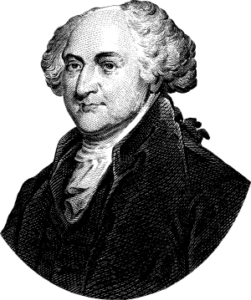
Some other notable figures that weren’t present at the constitutional convention include John Hancock, Richard Henry Lee, Samuel Adams, and Patrick Henry.
Some Delegates Purposefully Didn’t Sign the Document
When the Constitutional Convention was to commence in 1787, 55 out of the 70 delegates invited showed up. Even though some delegates were present at the Constitutional Convention, they did not sign the constitution. 39 delegates out of the 55 signed the constitution after it had been scribed by Jacob Shallus. This was because most of the delegates had to go home to attend to certain issues, while some fell sick and had to leave, and this totaled to 13 delegates leaving. Only 42 delegates remained to sign the constitution, however, only 39 did.
Three out of the 42 delegates decided not to sign because they were dissatisfied with the outcome of the constitution. The reason for their dissatisfaction was that the constitution didn’t include the Bill of Rights. These three delegates are Elbridge Gerry, Edmund Randolph, and George Mason.
The Constitution Doesn’t Consider the US a Democratic Country
There is no mention of the word “democracy” in the constitution. The constitution only considers America a federal republic rather than a democratic country. This is because the founding fathers thought making the US a democratic nation would lead to mob rule, and they considered mob rule a dangerous way to govern a nation. Consequently, they decided to make the US a republic where the people in various states will appoint representatives to represent them in Congress and also pass laws that will favor and protect the rights of the people.
The Transmmital Page
Most people think the US Constitution is a four-paged document, however, it is a five-paged document. The fifth page of the constitution is known as the “Transmittal Page.” This page of the constitution contains the signature of George Washington and a detailed description of the ratification of the constitution and how the constitution will be put in effect.
Benjamin Franklin Was Carried to the Constitutional Convention
When the Constitutional Convention was to take place, Benjamin Franklin was 81 years old, and too weak and old to walk. Therefore, he had to be carried in a sedan chair to the convention. He was the oldest among the delegates, and his role during the convention was to urge delegates to support the documents. He also calmed delegates whenever heated debates ensued.

The Bill Of Rights Was the First 10 Amendments of the Constitution
After George Mason, Edmund Rodolph, and Elbridge Gerry had their motion of including the Bill of Rights to the constitution rejected in 1787, the idea of including the Bill Of Rights was suggested again in June 1789 by James Madison. Madison proposed that the constitution be amended to contain the Bill of Rights after the constitution had been approved to be the official government charter of the land.
The Bill of Rights was proposed for two reasons: to protect the rights of citizens and to limit the power of the federal government. The suggestion of the Bill of Rights led to the term “Anti-Federalist” – a term used for those who supported the Bill of Rights. Even though James Madison was a federalist, he ensured that Congress upheld its promise of including the Bill of Rights after the constitution was operational. He also trimmed the various rights leaving only the essential ones for consideration by Congress, and eventually, in 1791, the Bill of Rights was enacted.
The 27th Amendment is the Most Recent Amendment
The latest amendment is the 27th amendment. It outlines that before a member of Congress can get a pay raise, the general public must hold an election to either approve or disapprove of the idea of a pay raise depending on the outcome of the election. This amendment was proposed in 1789, however, it got passed in 1992.
The Constitution and Declaration Of Independence Occurred in the Same Hall
The constitution and the Declaration of Independence were all signed in the Independence Hall in Philadelphia, Pennsylvania. Philadelphia was chosen because of its proximity to all 13 states.
No One Had to Share What Happened at the Convention to the Public
The delegates were strictly ordered not to share any convention deliberations with the public. They had to keep all records of the event a secret for 30 years, and this was done to encourage the delegates to share their opinions without any fear. That being said, most people took notes during the convention, however, the notes of James Madison were the most detailed, and these were the only notes that gave us an in-depth description of what took place during the convention.
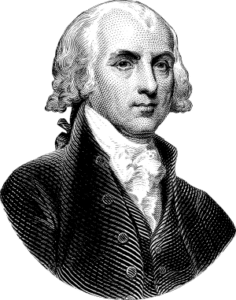
The Great Compromise
During the convention, three major events numerous debates arose, such as the 3/4s compromise and the Bill of Rights, however, the Great compromise was the most debated topic during the convention.
The Great Compromise was the solution to how the various states should be represented in congress. Smaller states such as New Jersey felt there should be one legislature, and every state should have one representative regardless of their size.
Conversely, larger states such as Virginia suggested that there should be one legislature. However, larger states should have more seats than smaller seats. These suggestions were known as the New York Plan and the Virginia Plan.
These two proposals led to various delegates being at loggerheads until Roger Sherman and Oliver Ellsworth suggested the Great Compromise. The Great Compromise suggested that the legislature be divided into two bodies: the House of Representatives and the Senate. The Senate should assign each state with one representative, while seats in the House of Representatives should be allocated based on the population of each state.
The 21st Amendment and the 18th Amendment
Two of the most interesting amendments in the US Constitution are the 18th and 21st Amendments. The 21st amendment was passed and ratified in 1933. This amendment aimed to repeal the 18th amendment. The 18th amendment made alcohol illegal after it had been ratified on January 16th, 1919. This made the 21st amendment the only amendment to repeal another amendment.
“We The People”
One crucial phrase that serves as a preamble to the US Constitution is the term “We the People.” As simple as it may seem, it is an important term to the nation’s sovereignty.
This phrase was added as the finishing touch to the constitution to highlight that the sovereignty of the document (the constitution) rests on the citizens of the United States. This means the power of the federal government, the constitution, and the government set up by the constitution come directly from the people of the United States.
This was a more appropriate, simple, and powerful preamble than that of the Articles of Confederation, which mentioned all the states as the framers of the Articles of Confederation. This preamble also gets rid of the mixed regime of the British Empire with its constitution, and it assigns all sovereignty to the citizens of the United States.
Influencers of the Constitution
The US Constitution was created with knowledge from past governments and various philosophies. The most notable of them are:
- The Magna Carta
- The Greek government system
- John Locke
The Magna Carta:
The US Constitution was heavily influenced by the Magna Carta and the English Bill of Rights. The Magna Carta, also known as the “Great Charter,” is a document ratified in June of 1215. It contains fundamental principles that outline the limitations of rulers, and it outlines that the royal authority of England wasn’t above the law. It aimed to limit the power of the rulers of the United Kingdom.
During the 18th century and the Great Revolution, the American leaders thought it wise to incorporate the ideology of the Magna Carta into the governance of the country, and it influenced the constitution, the Declaration of Independence, and the Bill of Rights.
The Athenian Government:
One of the ways the Athenian government influenced the constitution of the United States was the idea of having a written constitution.
Also, the Athenian government influenced the idea of the US being referred to as a republic rather than a democratic country. Such that in ancient Greece, citizens had a direct say in every affair of the government through a public vote. However, the United States suggested that rather than the people having direct influence over the affairs of the government, the people should elect a representative who will represent their collective views.
Finally, the United States also assimilated the idea of the three arms of government from the ancient Greek government.
John Locke:
John Locke was an English Philosopher who believed that every country should respect the right to revolution, social contract, natural laws, and religious toleration, as seen in the Bill of Rights and Declaration of Independence.
How useful was this post?
Click on a star to rate it!
Average rating / 5. Vote count:
No votes so far! Be the first to rate this post.
We are sorry that this post was not useful for you!
Let us improve this post!
Tell us how we can improve this post?

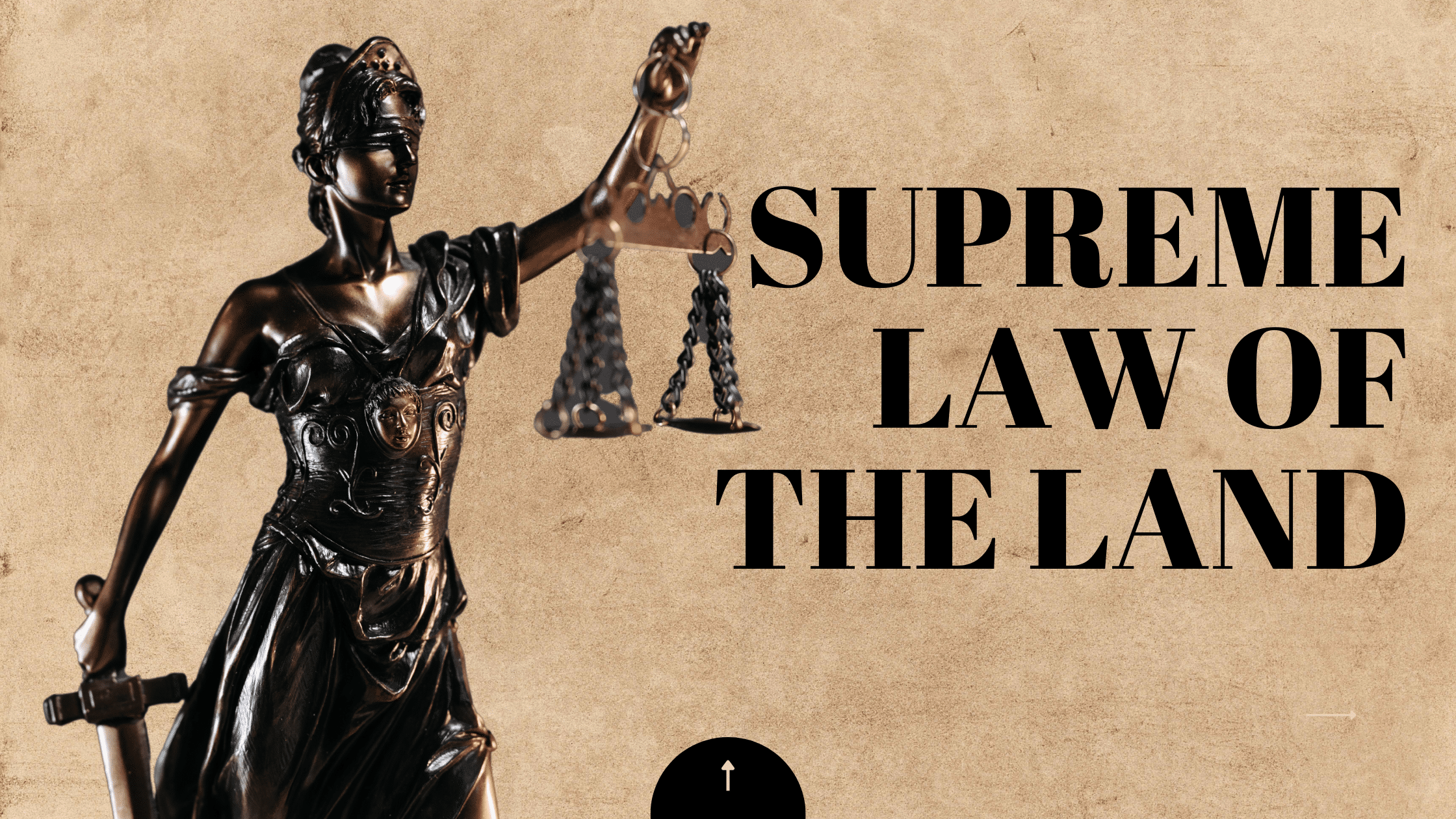

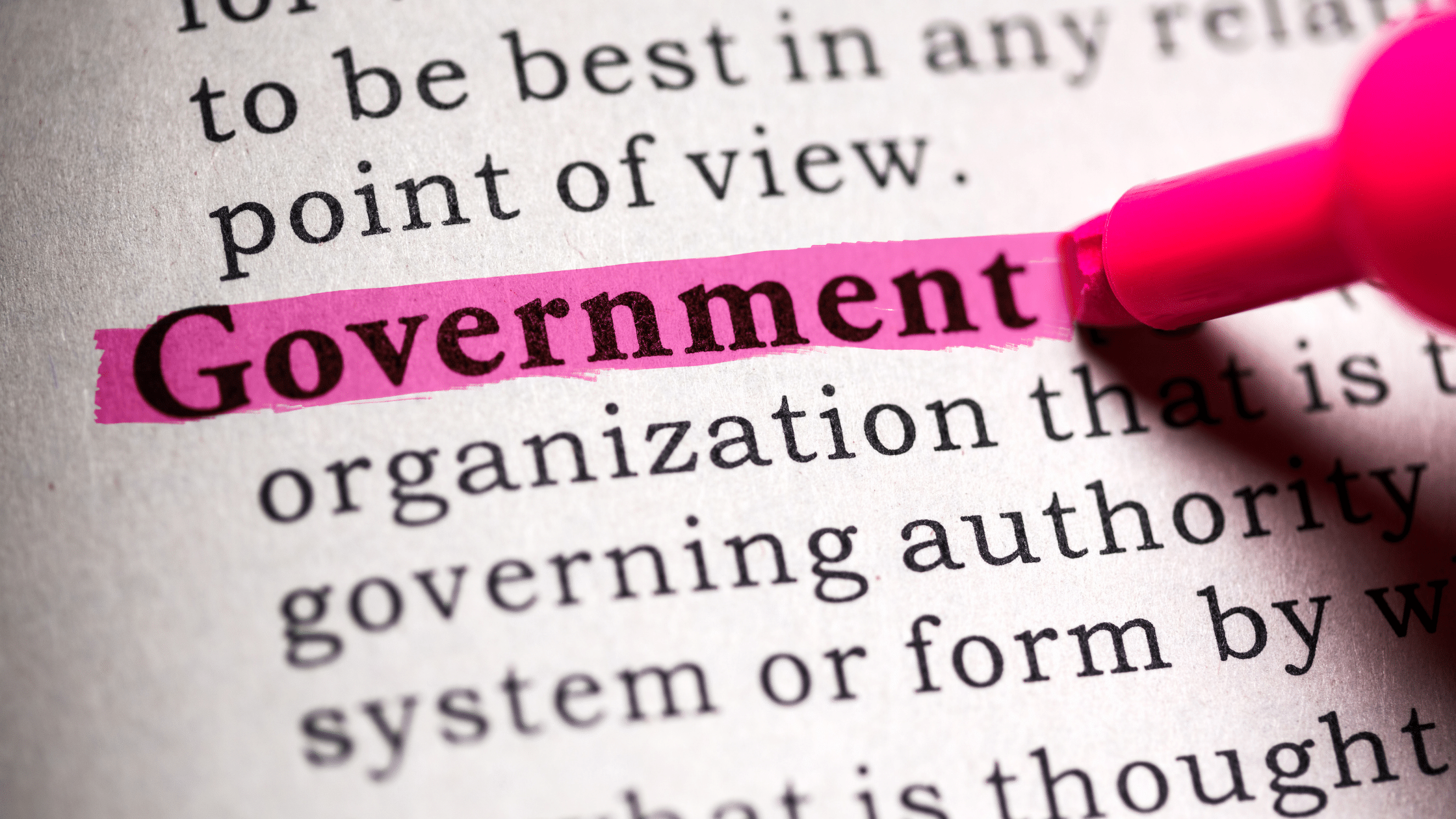
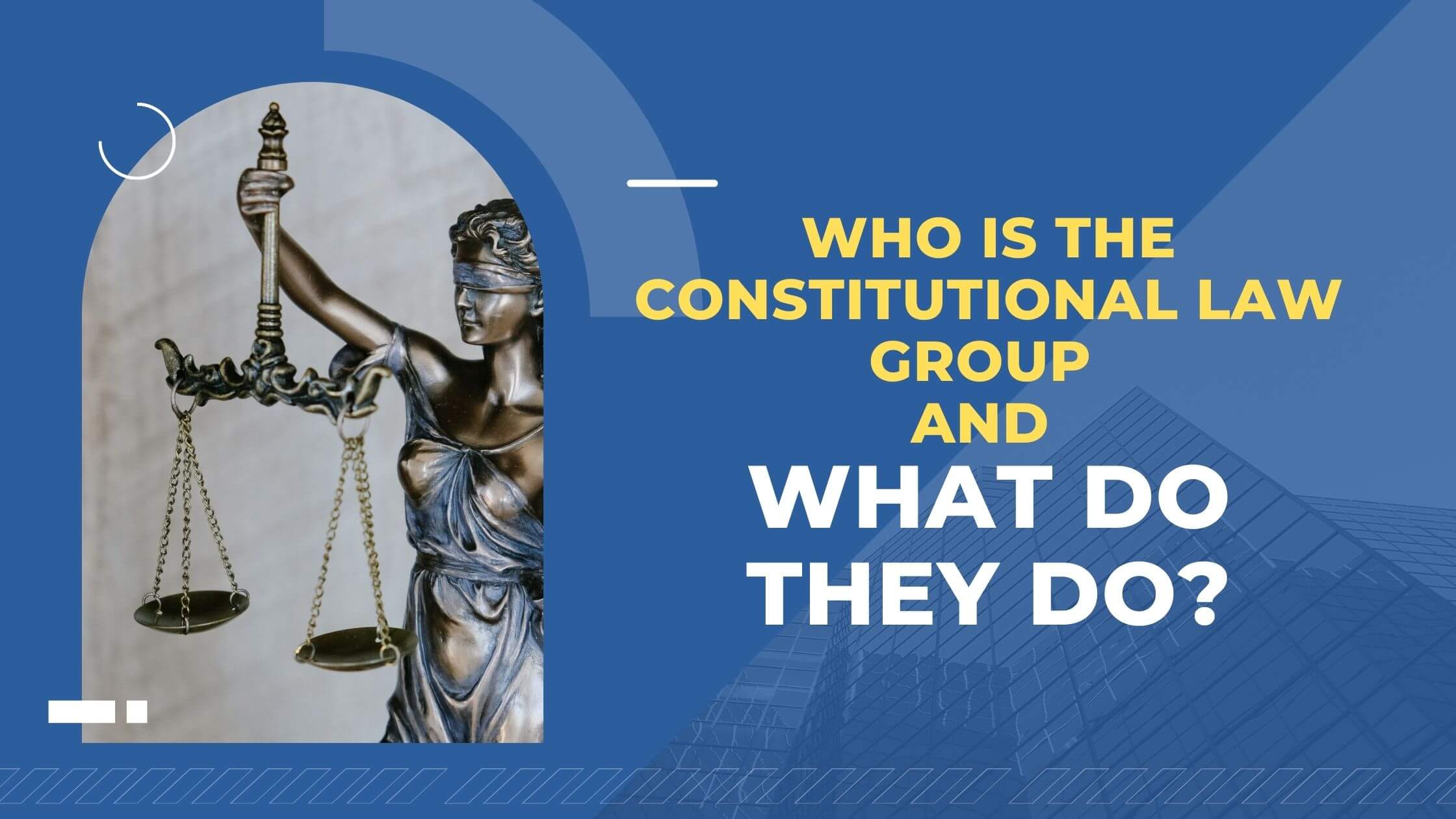



One Response
Good article! I do some writing on the Constitution and American history as well. Glad you are educating people on these. Today, we need it more than ever!